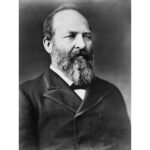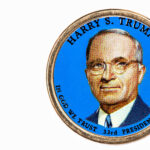On April 6, 1909, American explorer Robert E. Peary and his African American associate, Matthew A. Henson, claimed to have reached the North Pole, a remarkable achievement that would secure their place in the annals of polar exploration. However, over a century later, their claim continues to be a subject of debate among historians and explorers, as doubts surrounding Peary’s navigational abilities and the accuracy of his records cast a shadow over their accomplishment.
Peary, a US Navy civil engineer, had been engaged in Arctic exploration for two decades, driven by a fervent desire to be the first to reach the North Pole. Henson, an experienced seaman and skilled navigator, accompanied Peary on multiple expeditions and became his most trusted companion.
The journey was fraught with challenges, including treacherous ice conditions, extreme cold, and the constant threat of equipment failure. Despite the odds, Peary and Henson, along with four Inuit guides team members, claimed to have reached the North Pole on April 6, 1909. Upon their return, they were hailed as heroes, and their achievement was celebrated around the world.
Despite these doubts, Peary and Henson contributions to the field of polar exploration are undeniable. Their determination, endurance, and resourcefulness in the face of immense challenges remain an inspiration for future generations of explorers. However, the debate surrounding their claim to have reached the North Pole serves as a reminder of the complexities and uncertainties inherent in the exploration of Earth’s most extreme environments.
References:
https://www.history.com/this-day-in-history/pearys-expedition-reaches-north-pole
https://www.voanews.com/a/a-13-2009-04-10-voa47-68784907/410994.html




